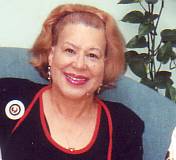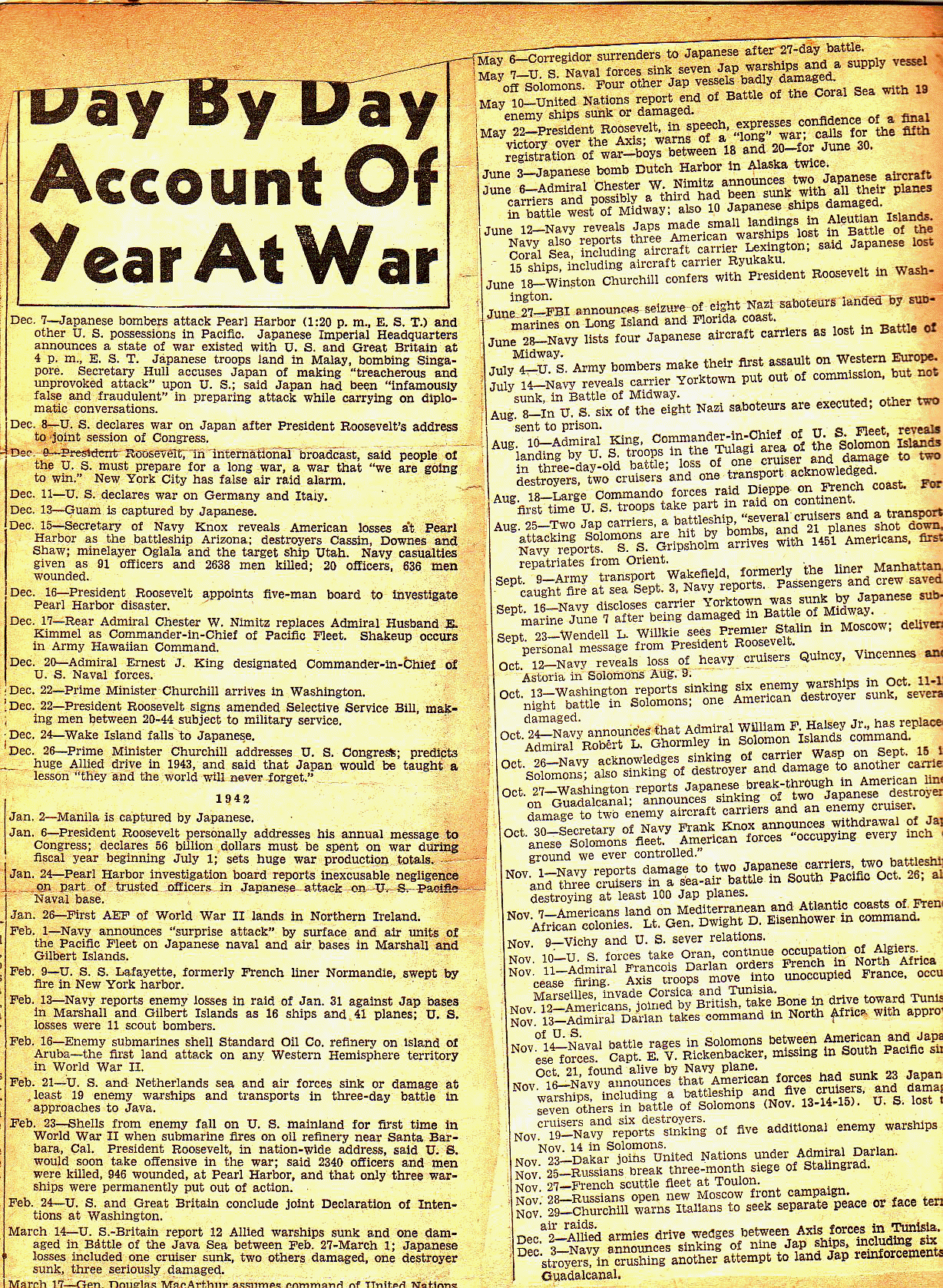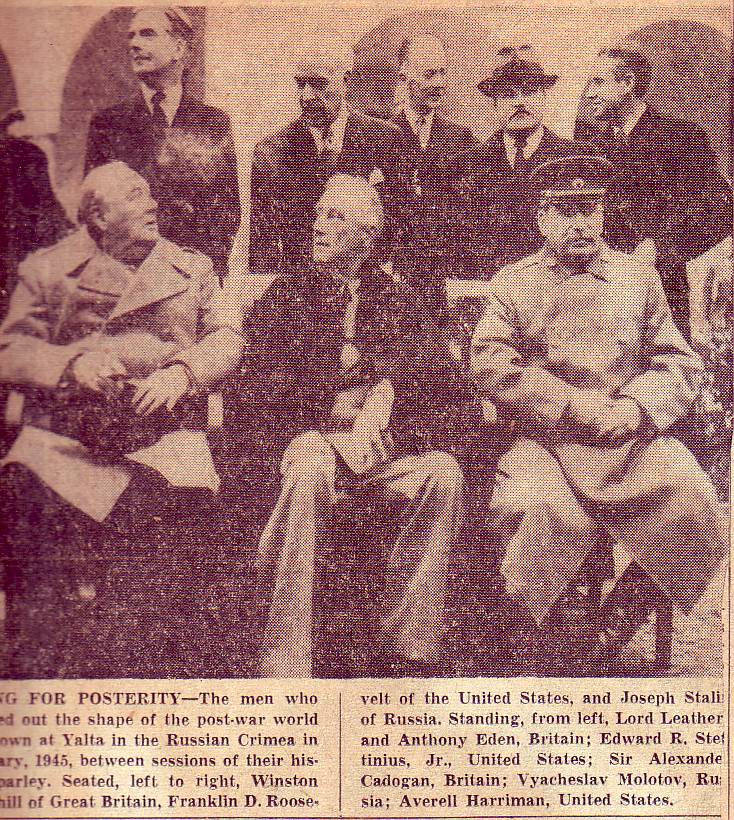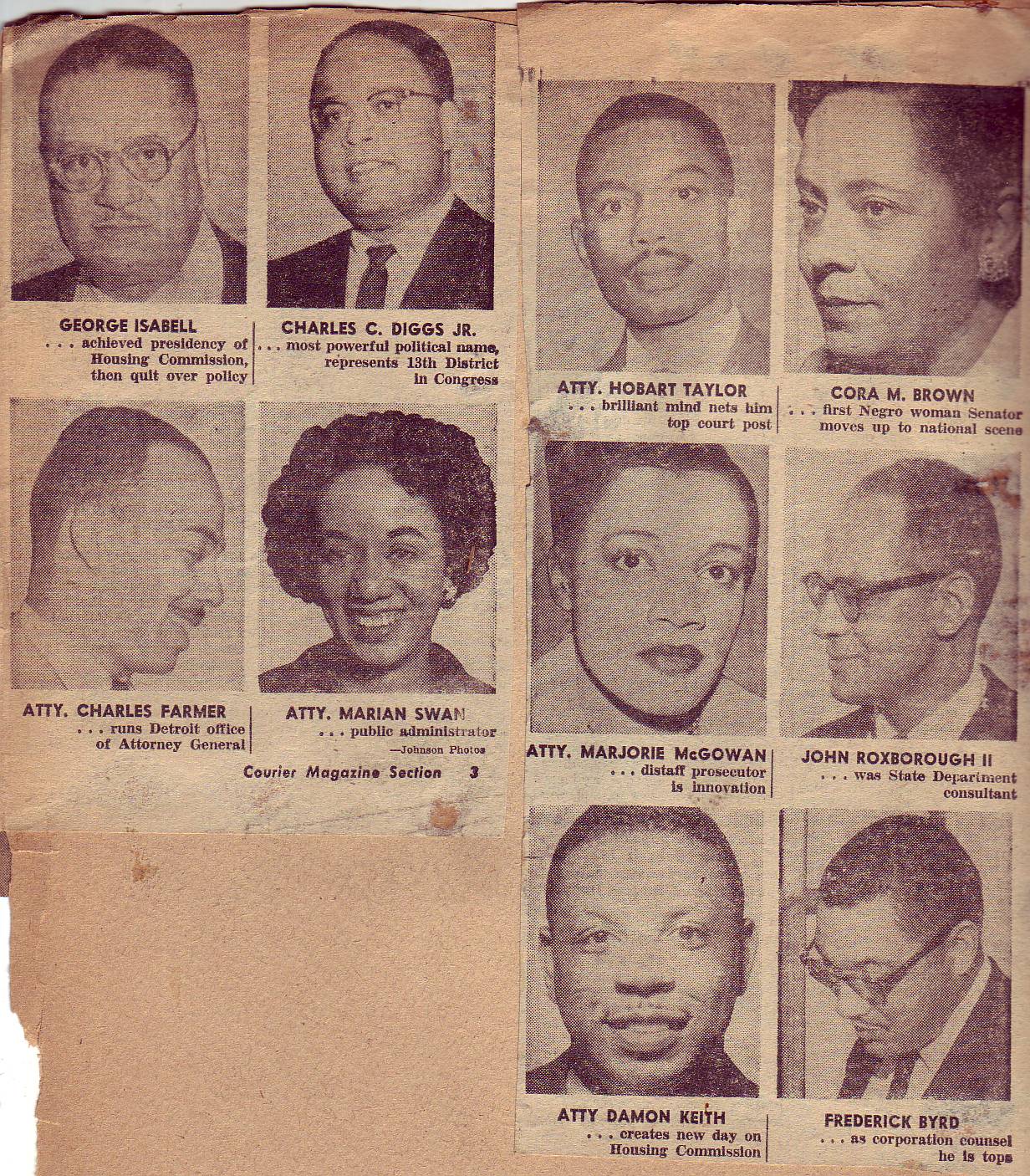From Wikipedia, the free encyclopedia
| David L. Lawrence |
39th Governor of Pennsylvania |
|---|
In office
1959 – 1963 |
| Preceded by | George M. Leader |
|---|
| Succeeded by | William W. Scranton |
|---|
|
| Born | June 18, 1889
Pittsburgh, Pennsylvania |
|---|
| Died | November 21, 1966 (aged 77)
Pittsburgh, Pennsylvania |
|---|
| Political party | Democratic |
|---|
| Profession | Civil servant, Politician |
|---|
| Religion | Roman Catholicism |
|---|
David Leo Lawrence (June 18, 1889—November 21, 1966) was an American politician who served as the Democratic Governor of Pennsylvania from 1959 to 1963. Previously, he had been the mayor of Pittsburgh from 1946 through 1959.
Early life
Lawrence was born into a working-class Irish-Catholic family in the Golden Triangle neighborhood of Pittsburgh, Pennsylvania. Too poor to attend college, Lawrence instead took a job as a clerk for Pittsburgh attorney William Brennan, the chairman of the local Democratic party and a labor movement pioneer. Brennan became a personal friend and mentor to the teenage Lawrence.
Lawrence entered the insurance business in 1916. In 1918 he enlisted in the United States Army to aid America’s efforts in World War I serving as an officer in the adjutant general’s office in Washington, D.C.
Pittsburgh politics
When he returned home from his army service in 1919, Lawrence was elected chairman of the Allegheny County Democratic Party. At the time, Pittsburgh was a Republican bastion, with Democrats holding wide support only in the lower class and among recent immigrants. With the help of future Pennsylvania Senator Guffey, Lawrence led the rising Pennsylvania Democratic party that would soon dominate local and state-wide politics.
In 1931, Lawrence ran for Allegheny County Commissioner but lost. It was one of his last losses, as the effects of the Great Depression and a series of scandals rapidly eroded support for the Republican party in Pittsburgh. Two years later, he was appointed U.S. Collector of Internal Revenue for Western Pennsylvania by President Franklin D. Roosevelt.
In 1934, he helped elect George H. Earle as the first Democratic governor of Pennsylvania in the 20th Century. Earle then appointed him as the Secretary of the Commonwealth. That same year, he became state chairman of the Democratic Party.
Despite his significant political power, Lawrence was wary of anti-Catholic bigotry. Throughout his career, he would often avoid chances of advancement out of fear that his faith would hurt him politically.
In 1945, Lawrence was elected mayor of Pittsburgh by a narrow margin. At the time, Pittsburgh was considered one of the most polluted cities in America with smog so thick that it was not unusual for streetlights to burn during the daytime.
Lawrence developed a seven-point program for Pittsburgh during his first days in office, making him one of the first civic leaders to implement a dedicated urban renewal plan. Republicans still controlled much of city politics and business at the time, so Lawrence had to forge bipartisan alliances to accomplish his objectives.
His most famous partnership was with Richard K. Mellon, chairman of one of the largest banks in America and a staunch Republican. Despite their political differences, Mellon and Lawrence were both interested in the revival of Pittsburgh and both were early environmentalists. This partnership drove what came to be called the “Renaissance” (later Renaissance I) of Pittsburgh.
Pennsylvania politics
After an unprecedented four terms as mayor of Pittsburgh, Democrats drafted him to run for governor in 1958. He was initially reluctant He cited his age (nearing 70) as a potential drawback. He also considered his Catholic faith as potential campaign liability. Pennsylvania had never elected a Catholic governor. He eventually accepted his party’s nomination and narrowly defeated Reading businessman Arthur T. McGonigle to become Pennsylvania’s 37th governor.
During his four-year term as governor, Lawrence passed anti-discrimination legislation, environmental protection laws, expanded Pennsylvania’s library system, passed Pennsylvania’s fair housing law, and advocated historical preservation. He also passed vigorous highway safety legislation, a move some attribute to the fact that two of his sons were killed in an automobile accident. His expansion of state bureaucracies came at the price of budget deficits and tax increases, a move that angered many fiscal conservatives.
In 1960, Lawrence was among a group of political leaders who created the Finnegan Foundation. The organization continues to name 3-6 Finnegan Fellows each year.
National politics
Lawrence had attended his first Democratic National Convention as a page in 1912 and would attend every subsequent convention until his death. He was instrumental in the nominations of Franklin Delano Roosevelt in 1932 and John F. Kennedy in 1960, and became known as the “maker of presidents”. In the weeks leading up to the Democratic Convention of 1948, Lawrence was one of the few urban bosses to support Harry Truman's attempt to win the Presidential nomination.
Once the Convention began, however, Lawrence would surprise liberals and conservatives alike by shifting the Pennsylvania delegation away from the more tepid civil rights plank that the Administration preferred to a more aggressively liberal one. Lawrence is sometimes credited with convincing Kennedy to choose Lyndon Johnson as his running mate to balance the ticket and mend a rift between northern and southern Democrats.
Later life
Limited to one term under existing state law, Lawrence retired from elected office in 1963, but continued to stay active in Democratic politics and served the Kennedy and Johnson administrations as Chairman of the President’s Committee on Equal Opportunities in Housing.
Lawrence fell ill and collapsed at a Pittsburgh campaign rally for gubernatorial candidate Milton Shapp on November 4, 1966 and was rushed to a local hospital. He died 17 days later having never regained consciousness.
He is buried in Pittsburgh's Calvary Cemetery.

























